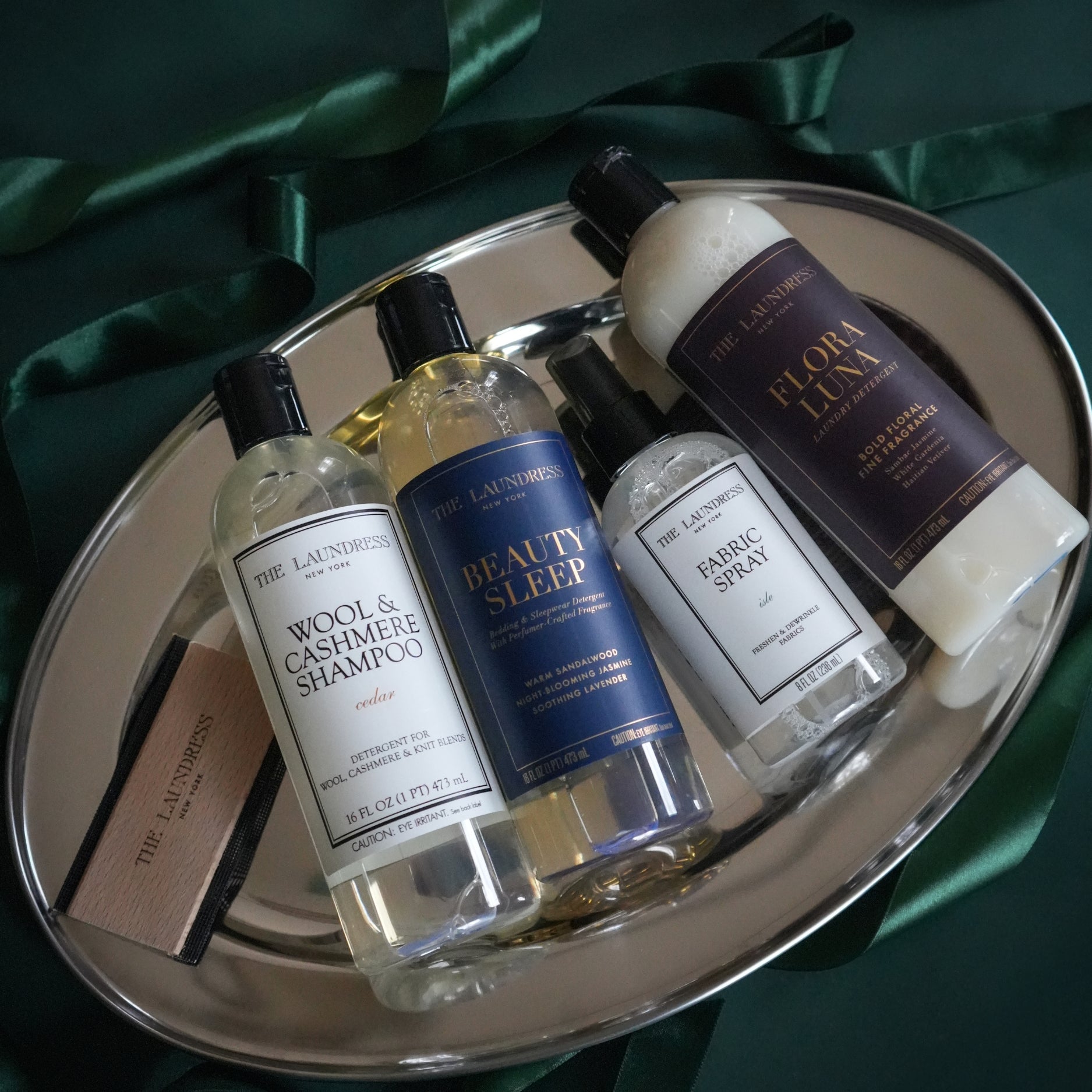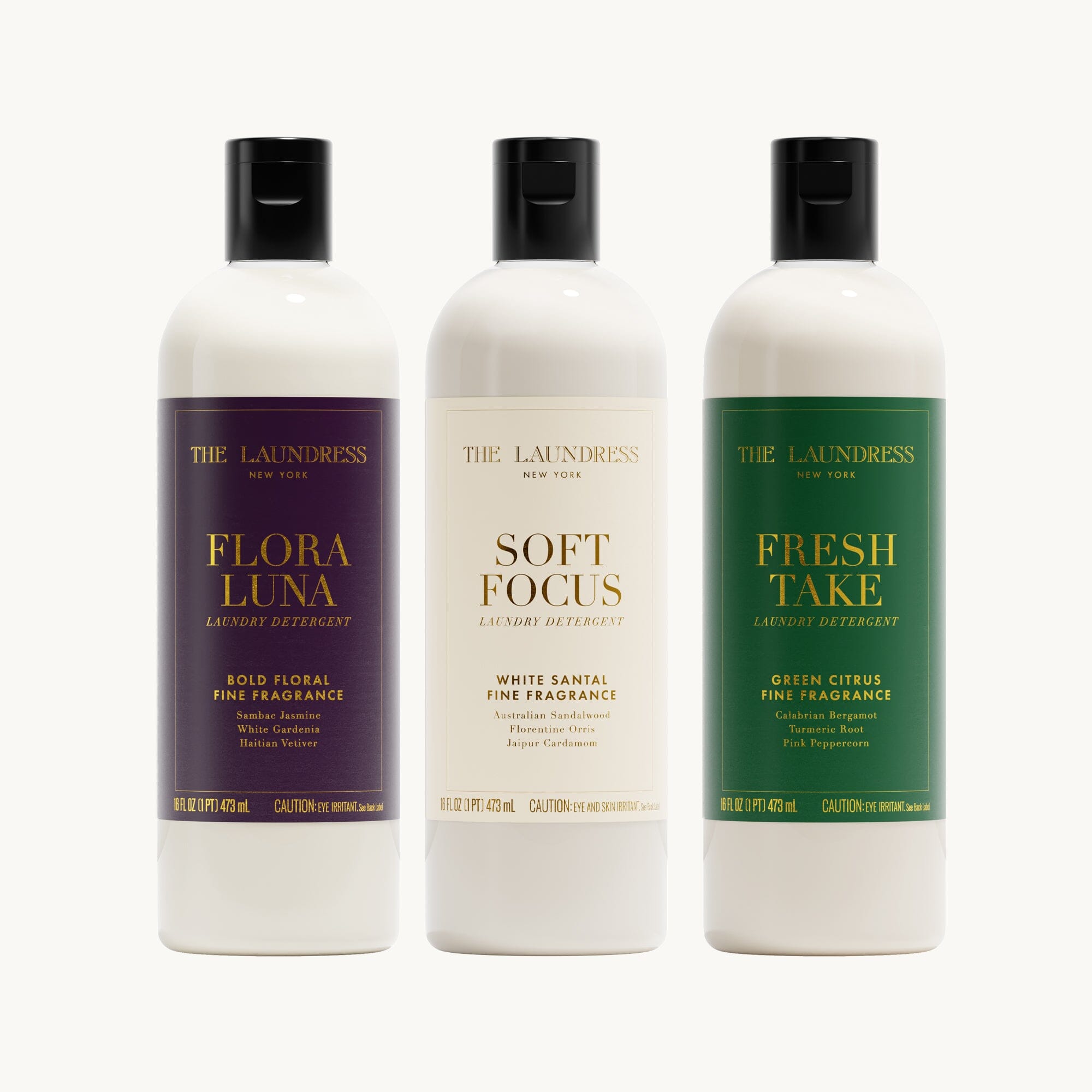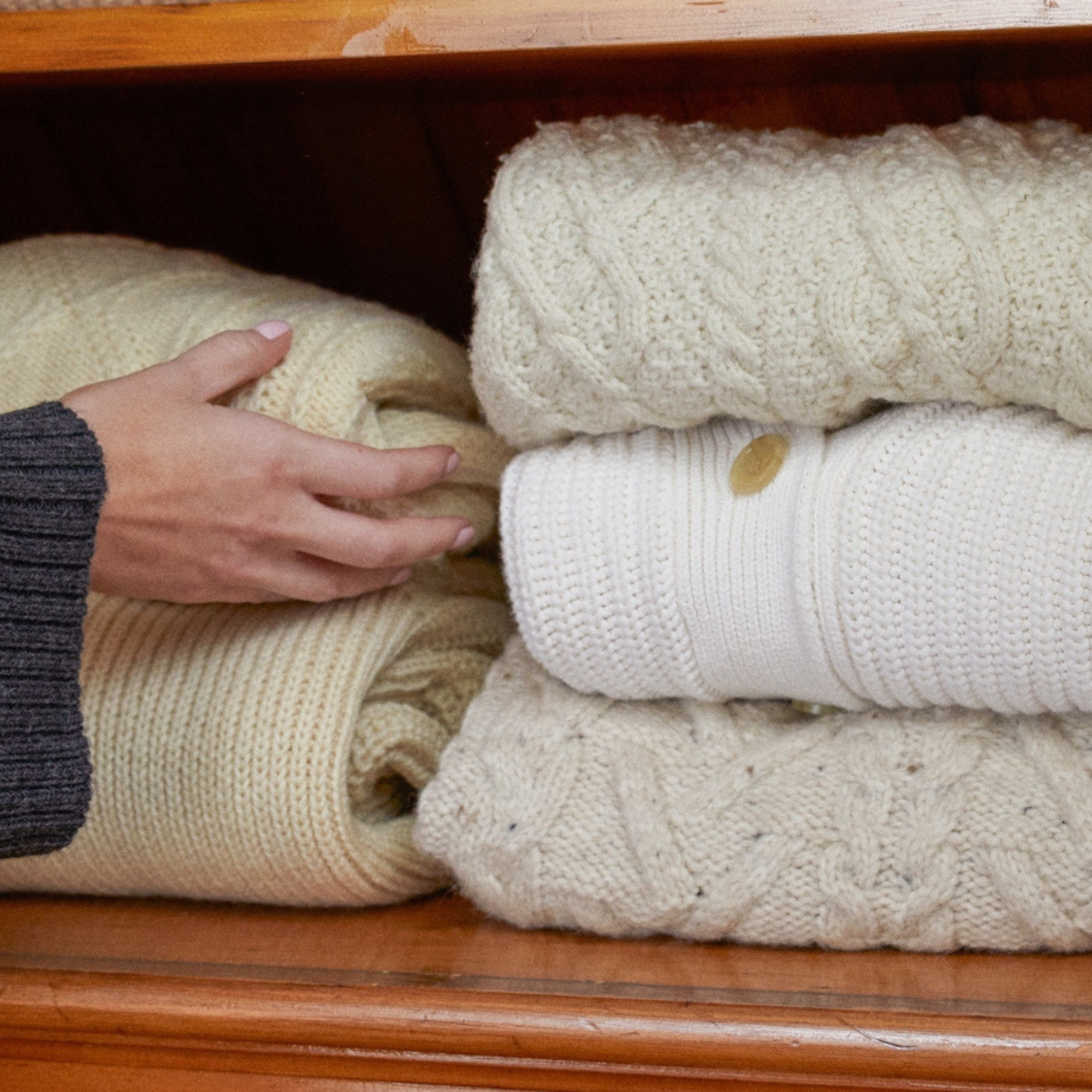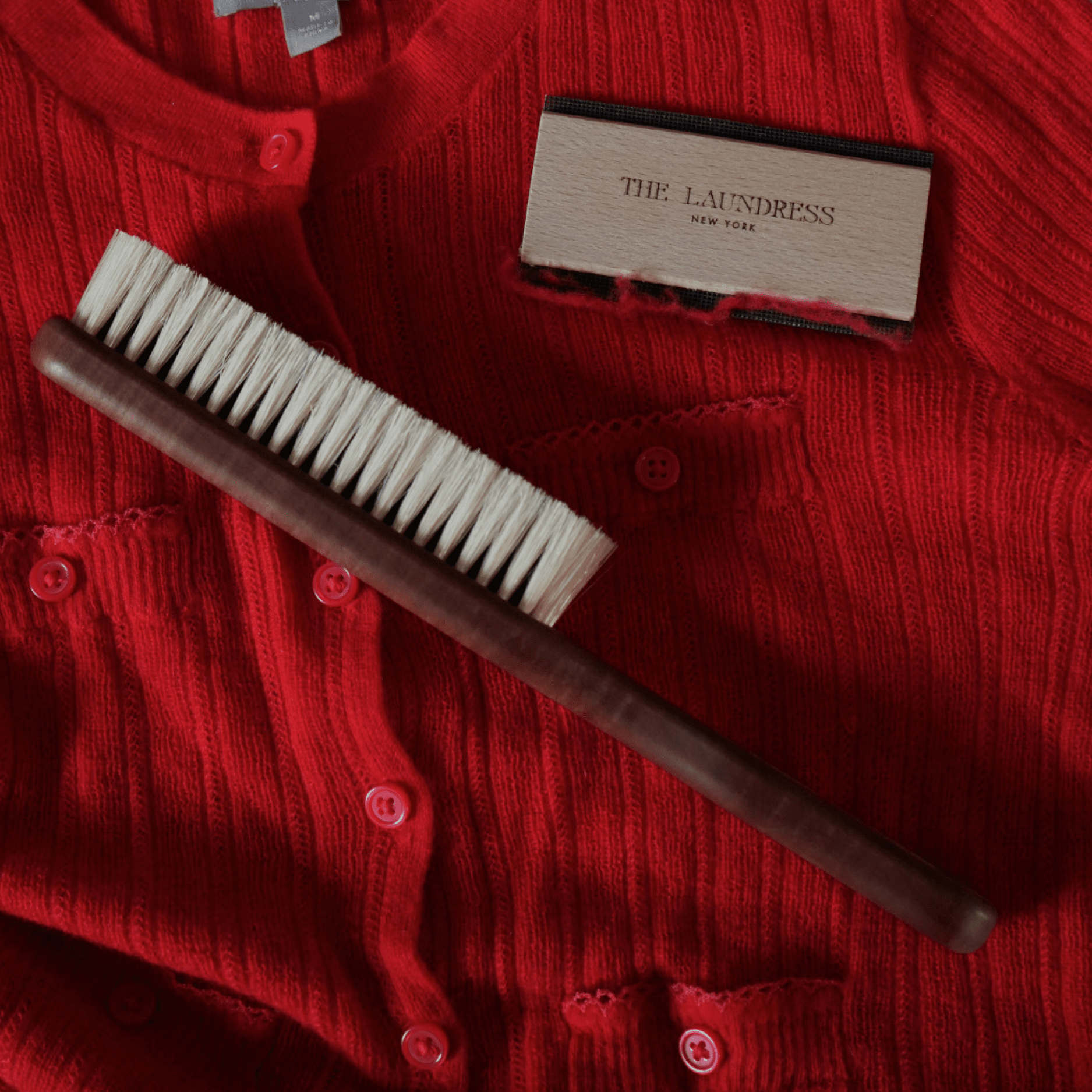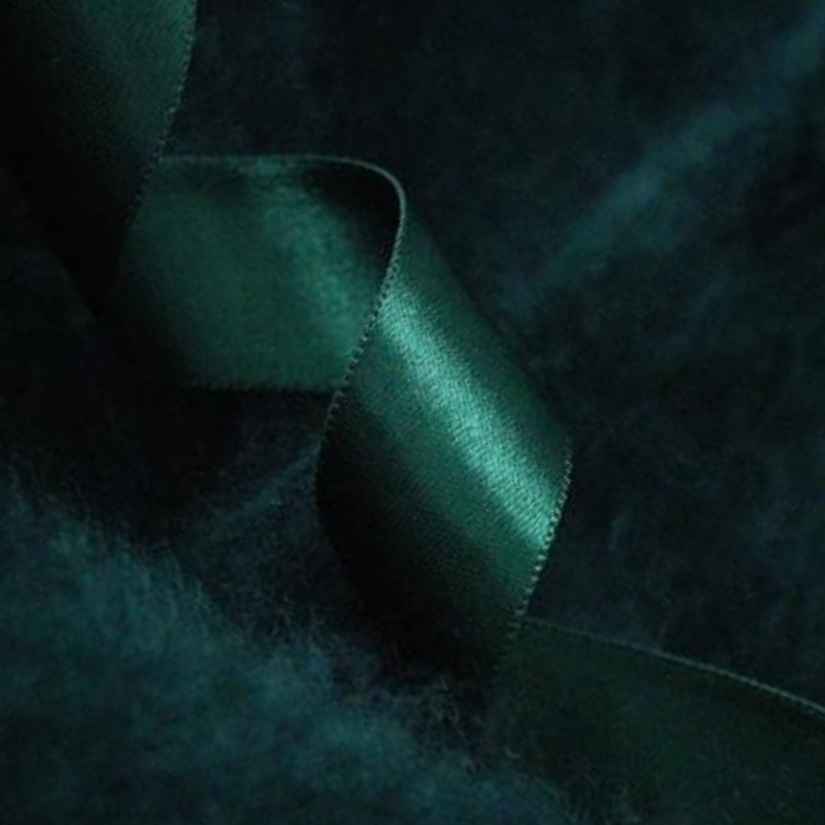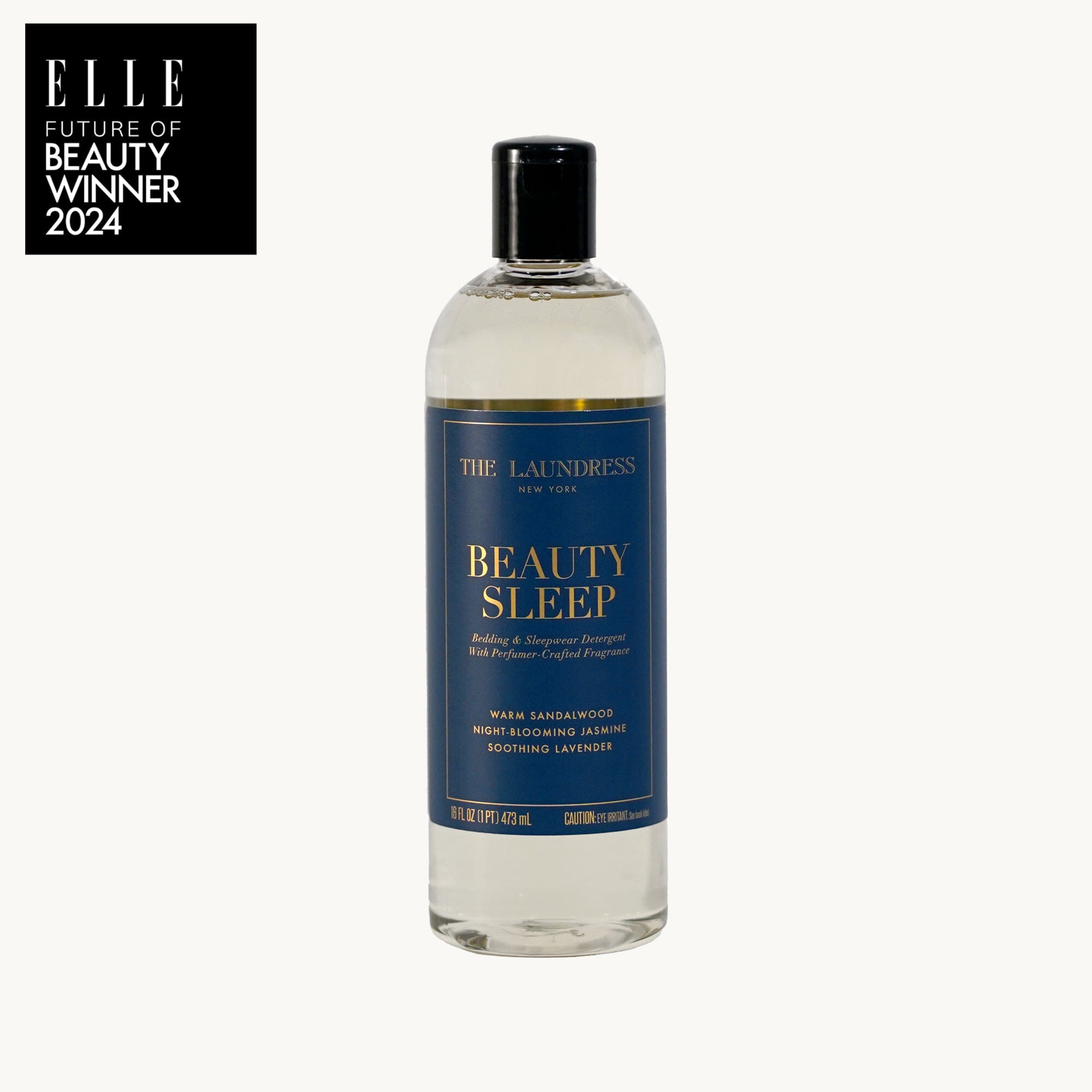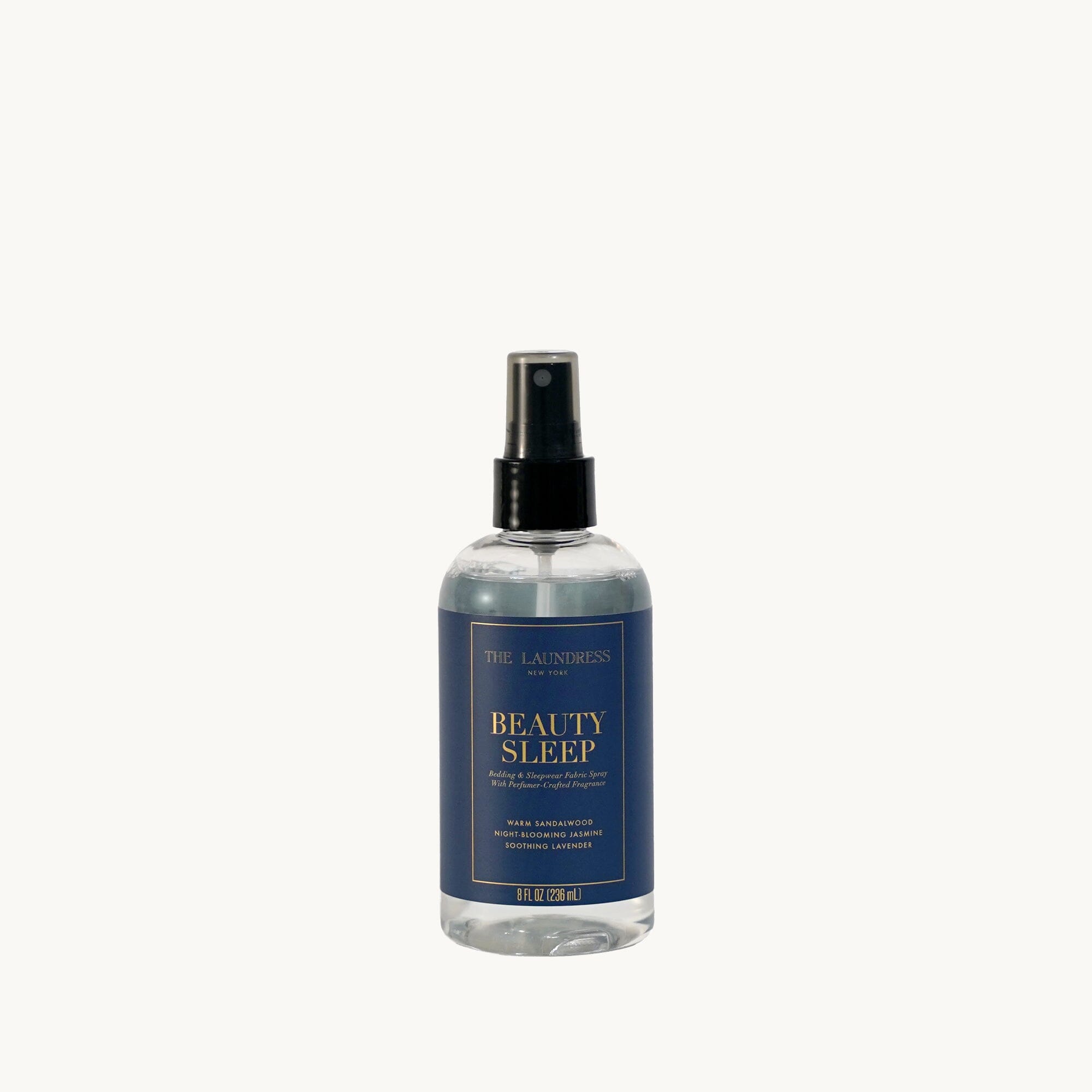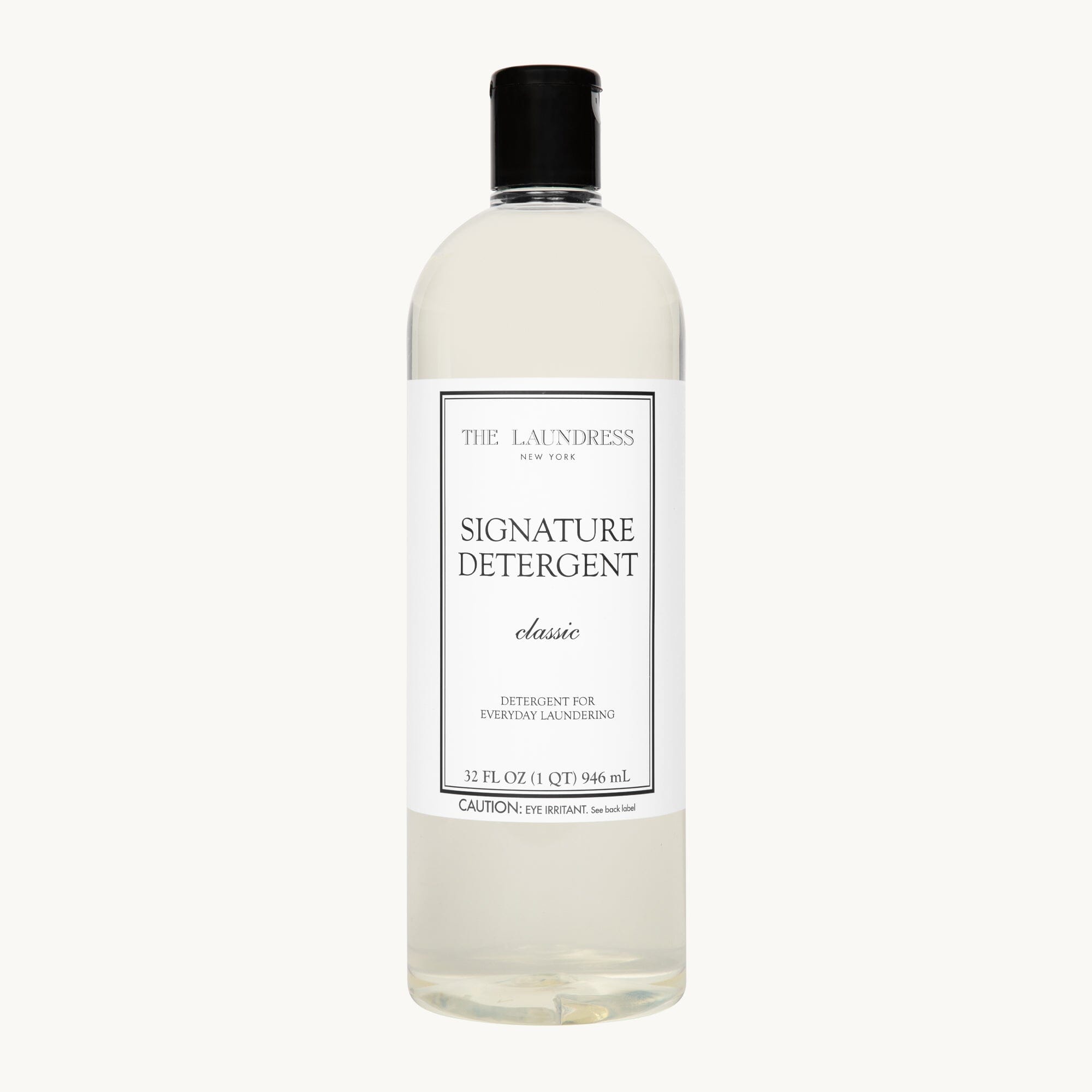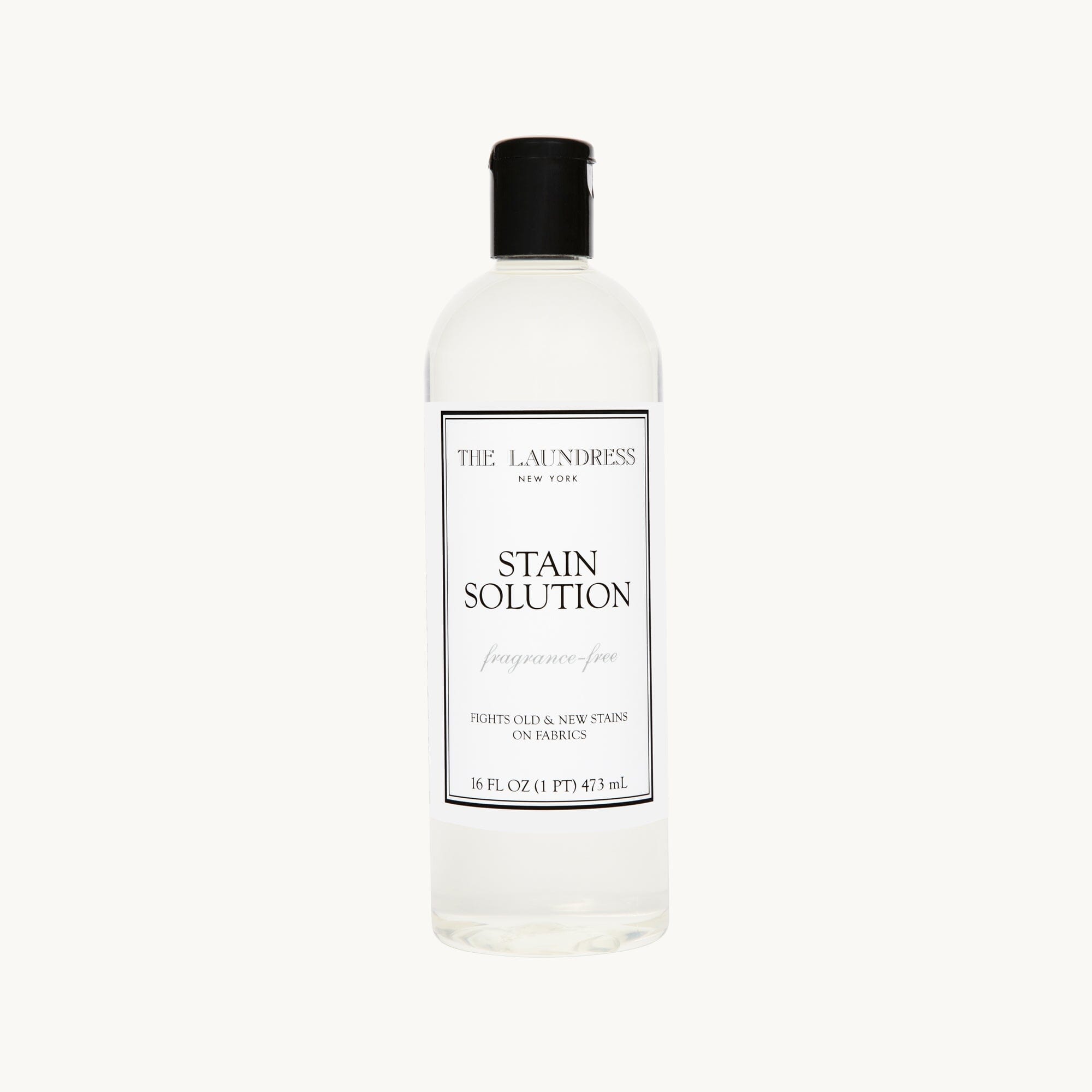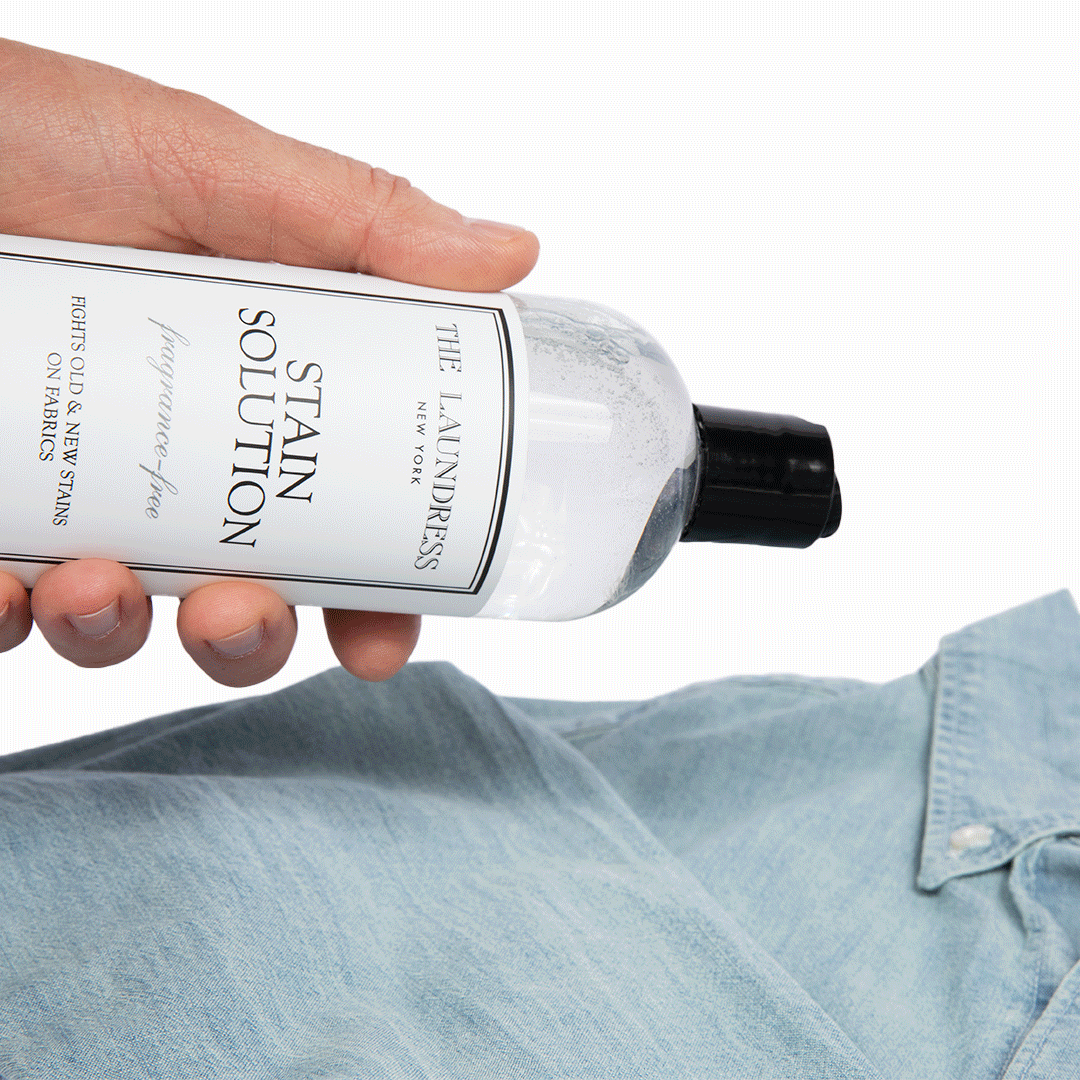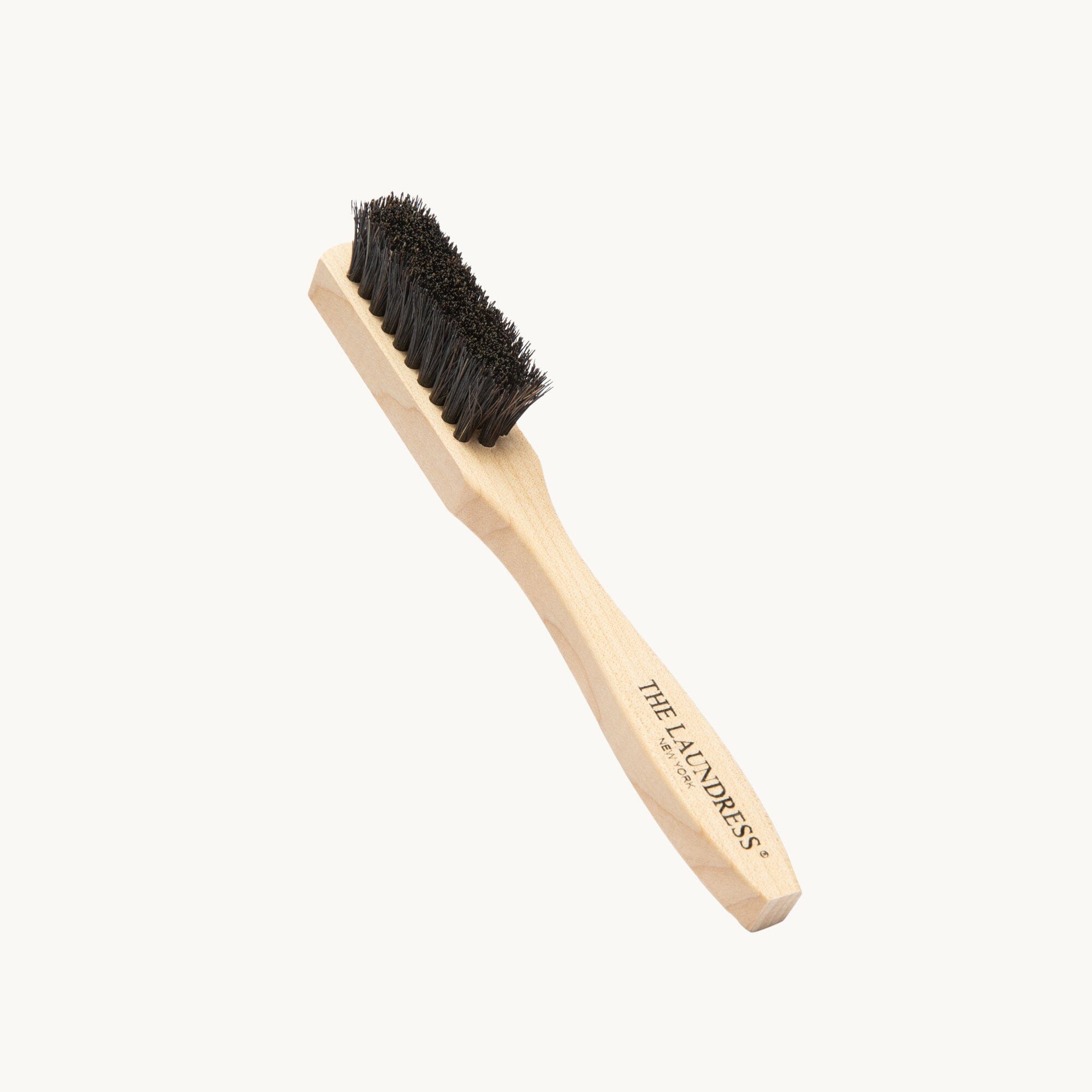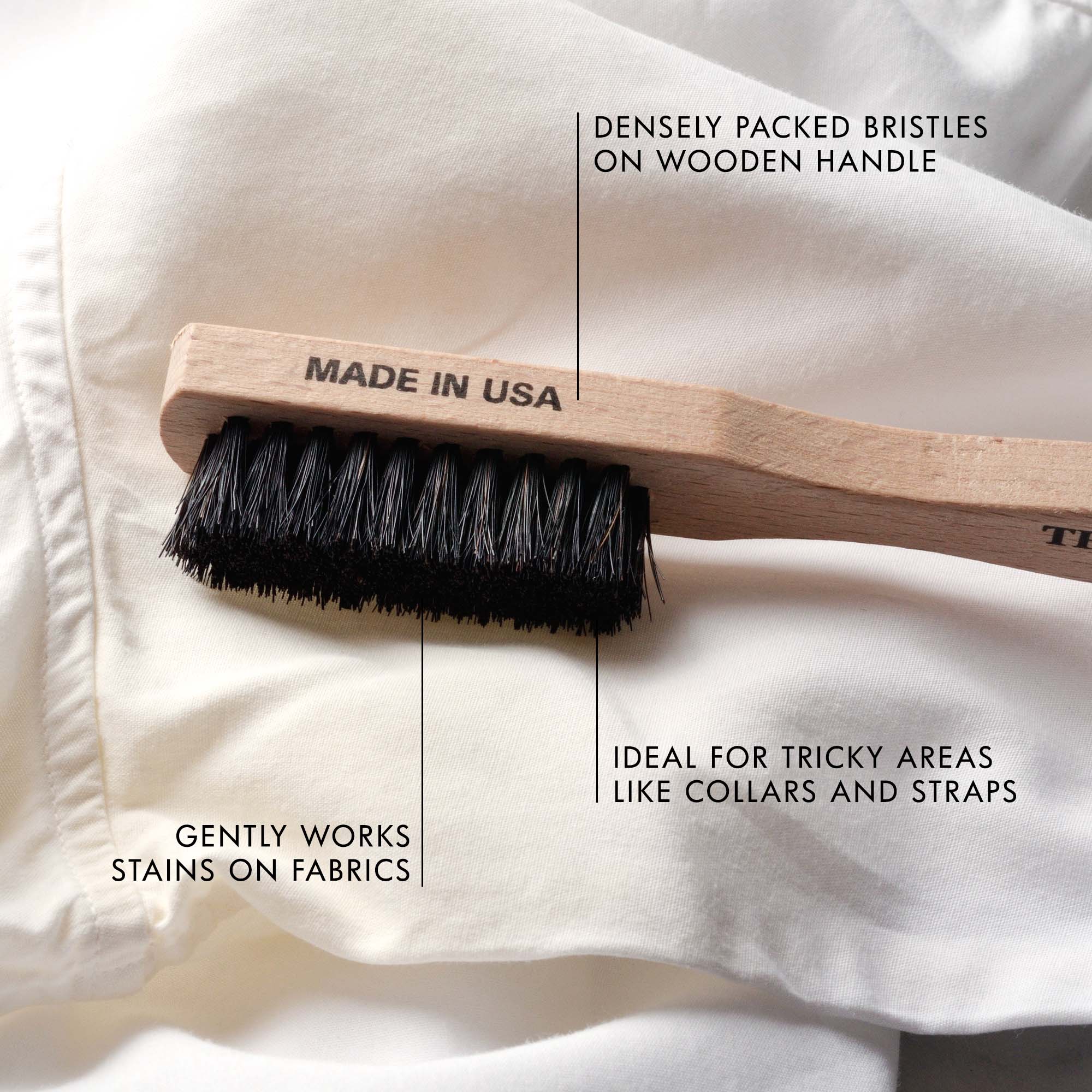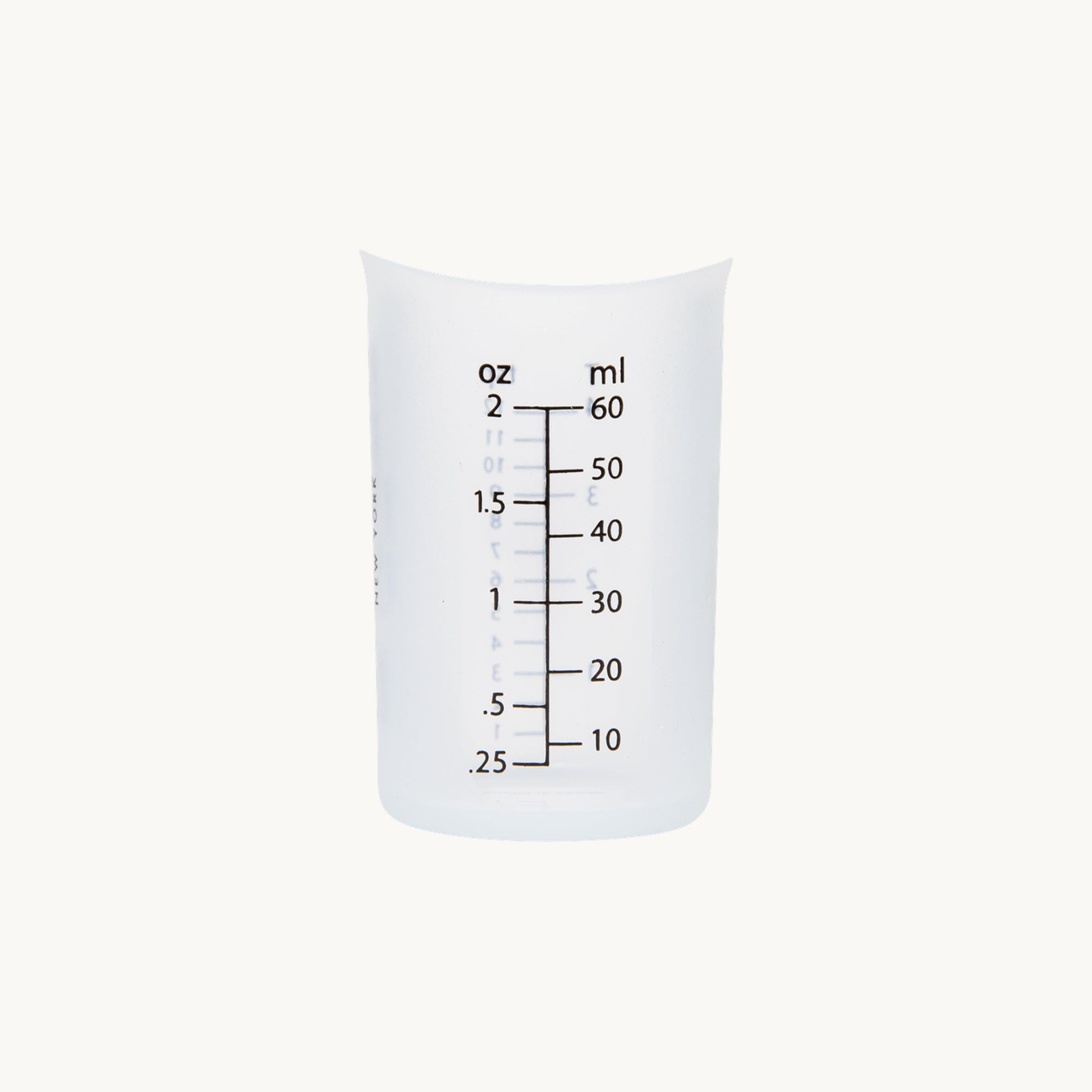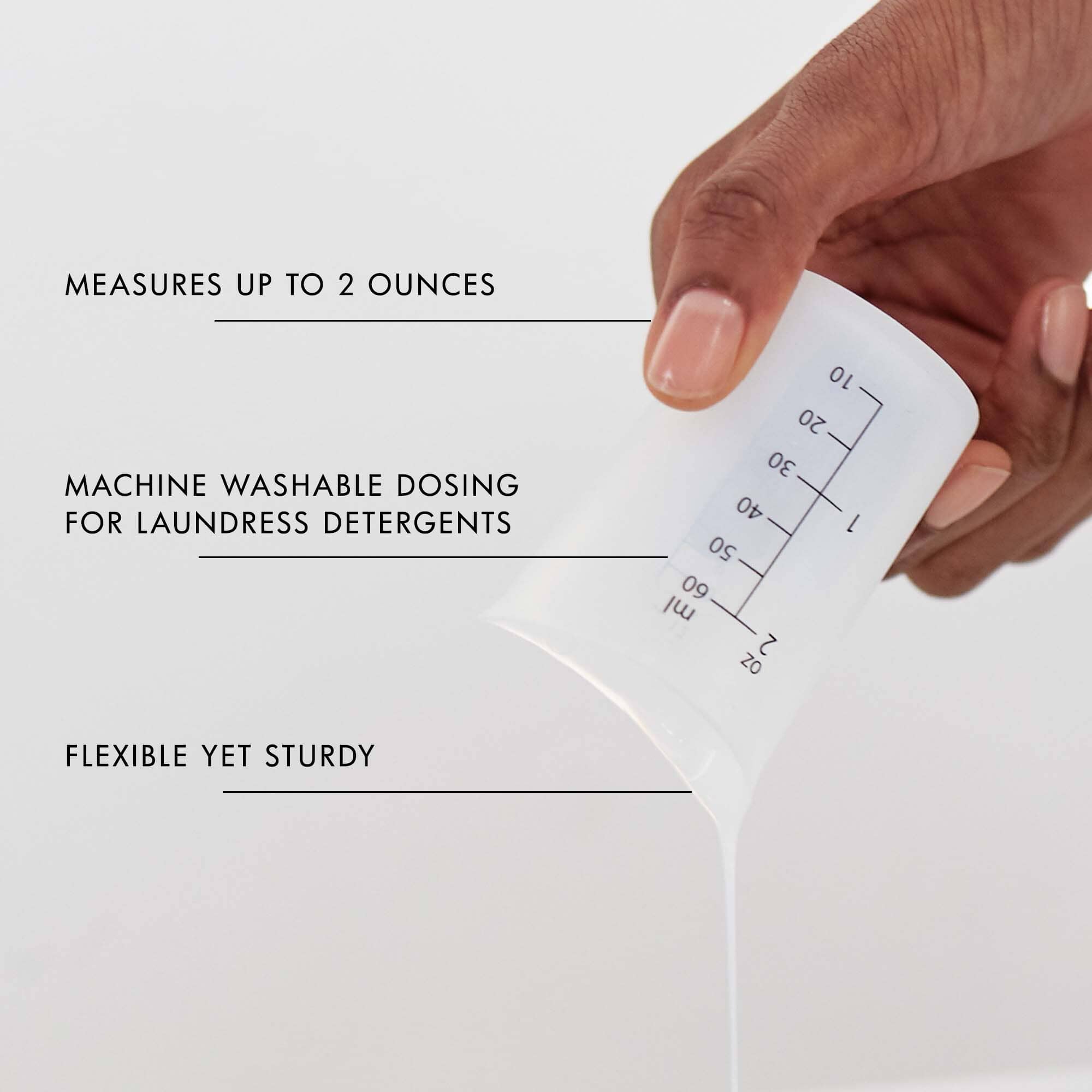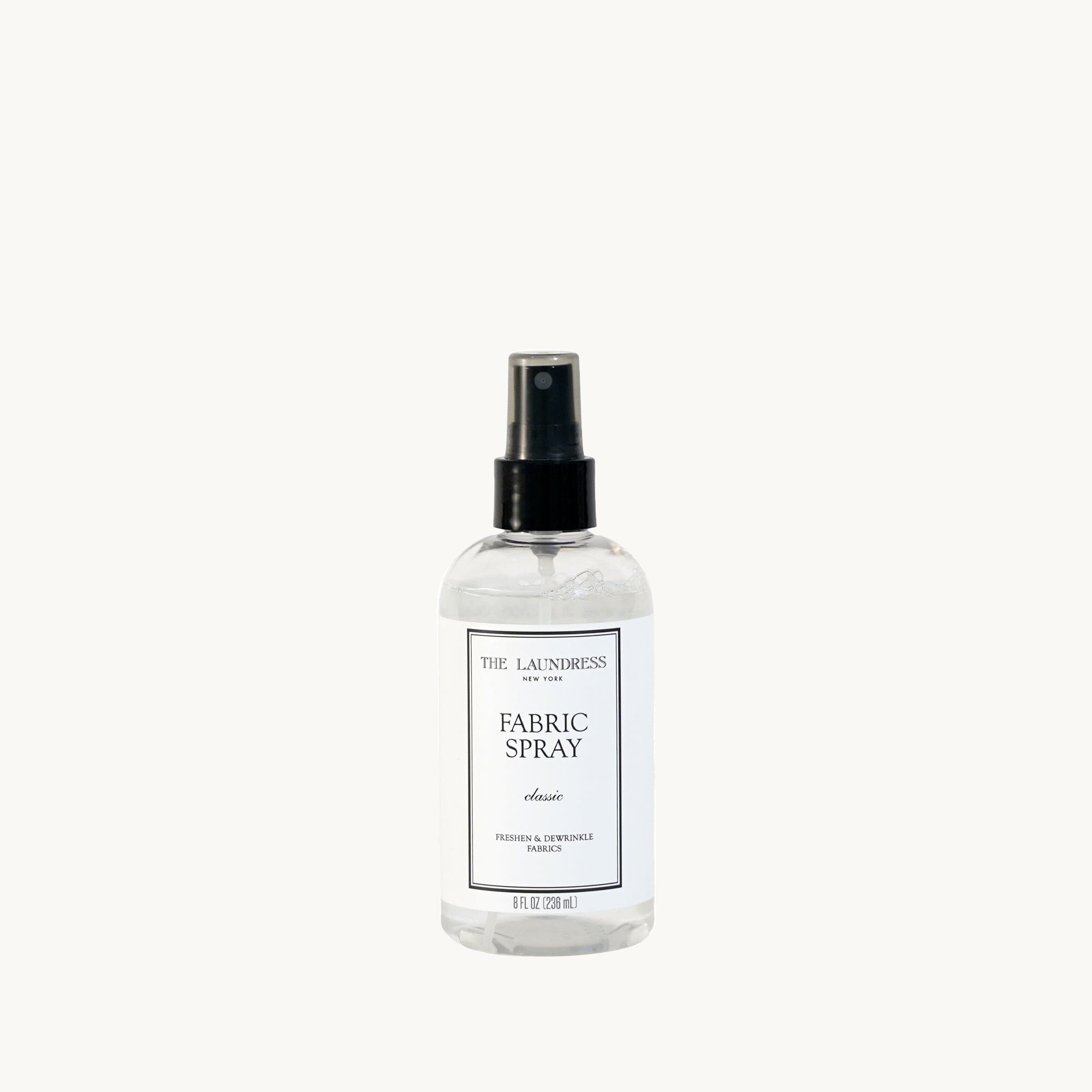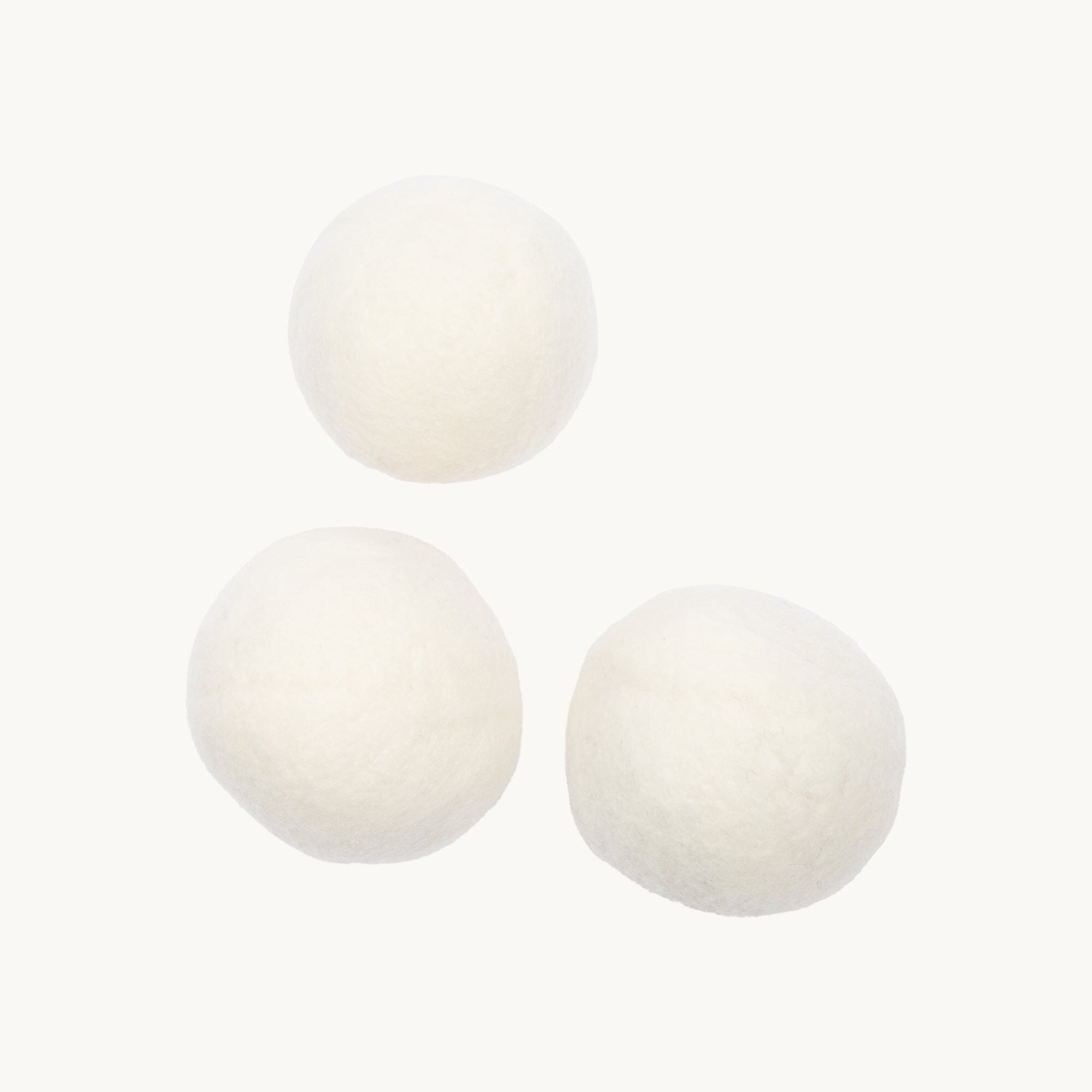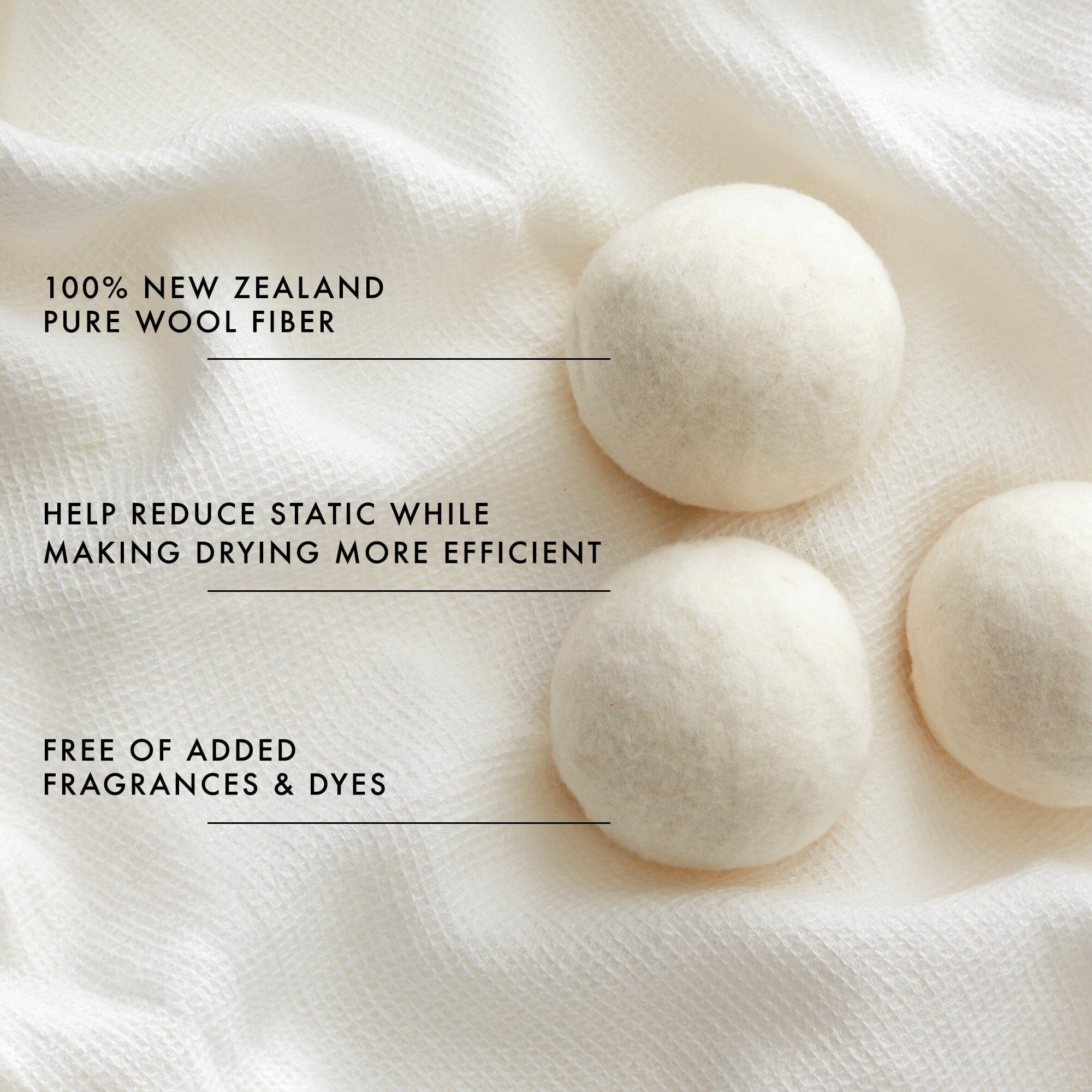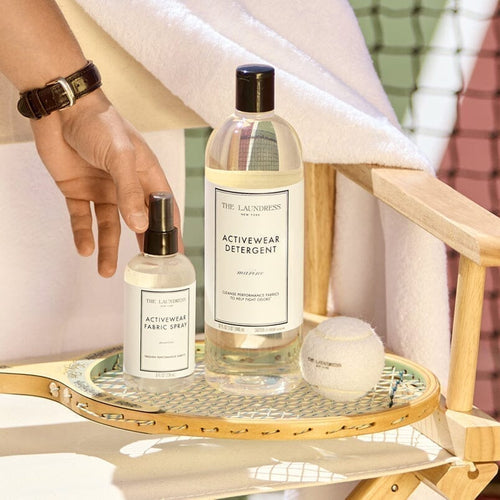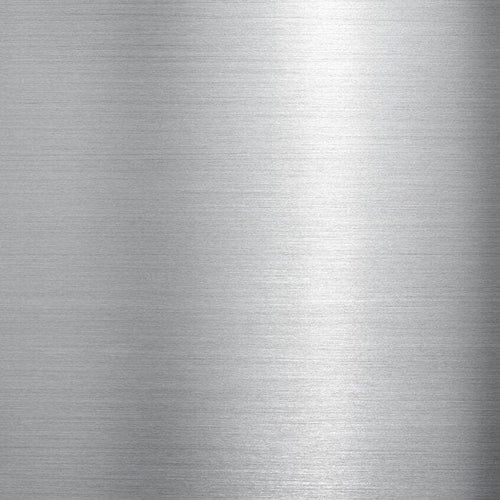
Washing pashmina scarves, shawls and other items begins with proper pre-treatment. Treat stains with your preferred stain treatment for woolens. Focus on susceptible areas such as underarms, necklines, and cuffs. Gently work the fabric with a Stain Brush as needed, taking care to avoid overly scrubbing the fabric.
Hand washing is always the best and safest method for washing pashmina, as it allows for the most control over the wash process. Always test for water exposure and color bleeding in an inconspicuous spot before washing.
Add Wool & Cashmere Shampoo to a washbasin or sink filled with cool water. Submerge the item and gently agitate the water with your hands to evenly distribute soap. Soak for up to 30 minutes.


If you want to learn how to machine wash a pashmina, first turn the item inside out, and place it in a Mesh Bag.
Select the woolens or delicate cycle on the washing machine, and make sure the water temperature is cold and the spin is on low.
Add the appropriate amount of Wool & Cashmere Shampoo according to the machine and load size.
Remove promptly from the washing machine once the cycle has finished to reduce creasing.
Expedite drying by laying your pashmina flat on a clean towel. With the item in its original shape, roll it up in the towel (like a sleeping bag) to remove excess water.
Lay the pashmina flat in its natural shape on a drying rack or clean towel. Do not put it in the dryer!
When drying, avoid direct sunlight and heat sources, such as the radiator, because they can yellow, shrink, or damage pashminas.
To remove wrinkles, we recommend steaming for the best and safest finish. Never iron, as ironing will crush or flatten the natural pile of the yarns.


Remove pills on finer-gauge pashminas by gliding a sweater comb across pilled areas.
For heavier-gauge pashminas, use a specially designed pumice sweater stone.
Always work tools in one direction and never use on wet fabrics.
When wool fibers become loose, they form little balls or pills. Pilling is a direct result of friction (which naturally occurs with movement), so the more you wear an item, the more likely it is to pill.
Woven pashminas are best stored folded, not hung.
As a natural cashmere fiber, pashmina is susceptible to insect damage. Always store items clean to help avoid inadvertently providing a food source for bugs.
We recommend storing pashminas in a breathable cotton or canvas storage bag with a zip closure.
Storing in plastic encourages yellowing and can trap mildew-causing moisture, a prime environment for bugs.
All techniques are based on textile science. Not all garments perform and react as science would predict.

Shop The Story
Detergent For Everyday Laundering
Fights Old & New Stains On Fabrics
Aid Stain Removal
Dosing For Fabric Care
Dewrinkle Fabrics & Clean Laundry Scent
Fluff & Reduce Static During Drying


